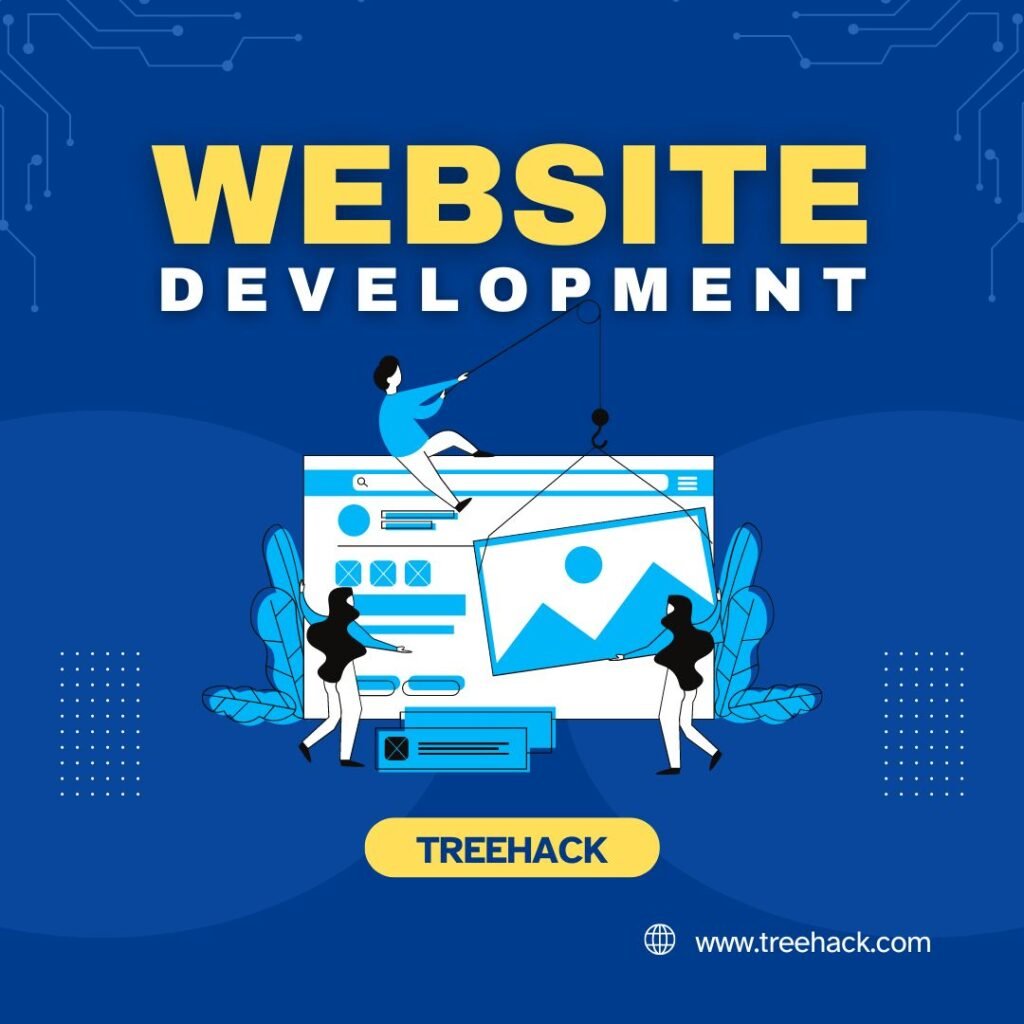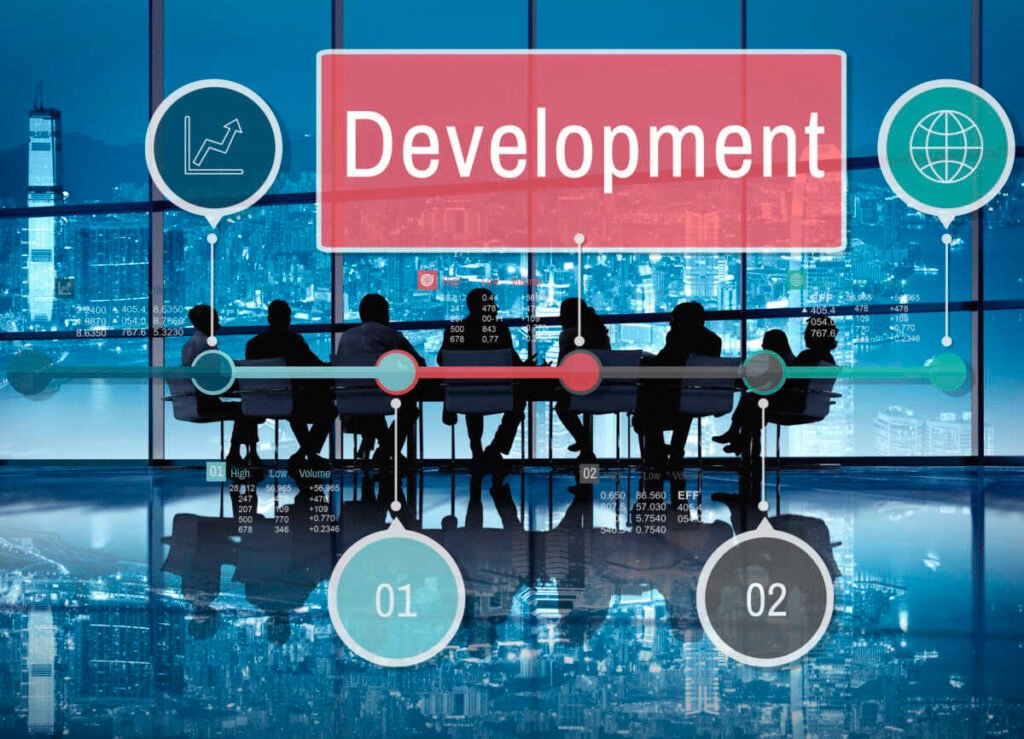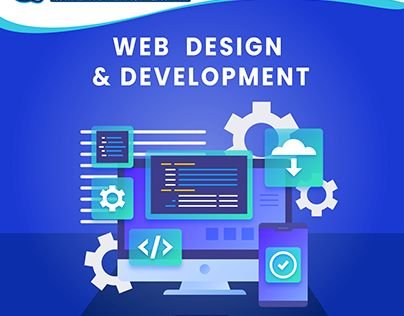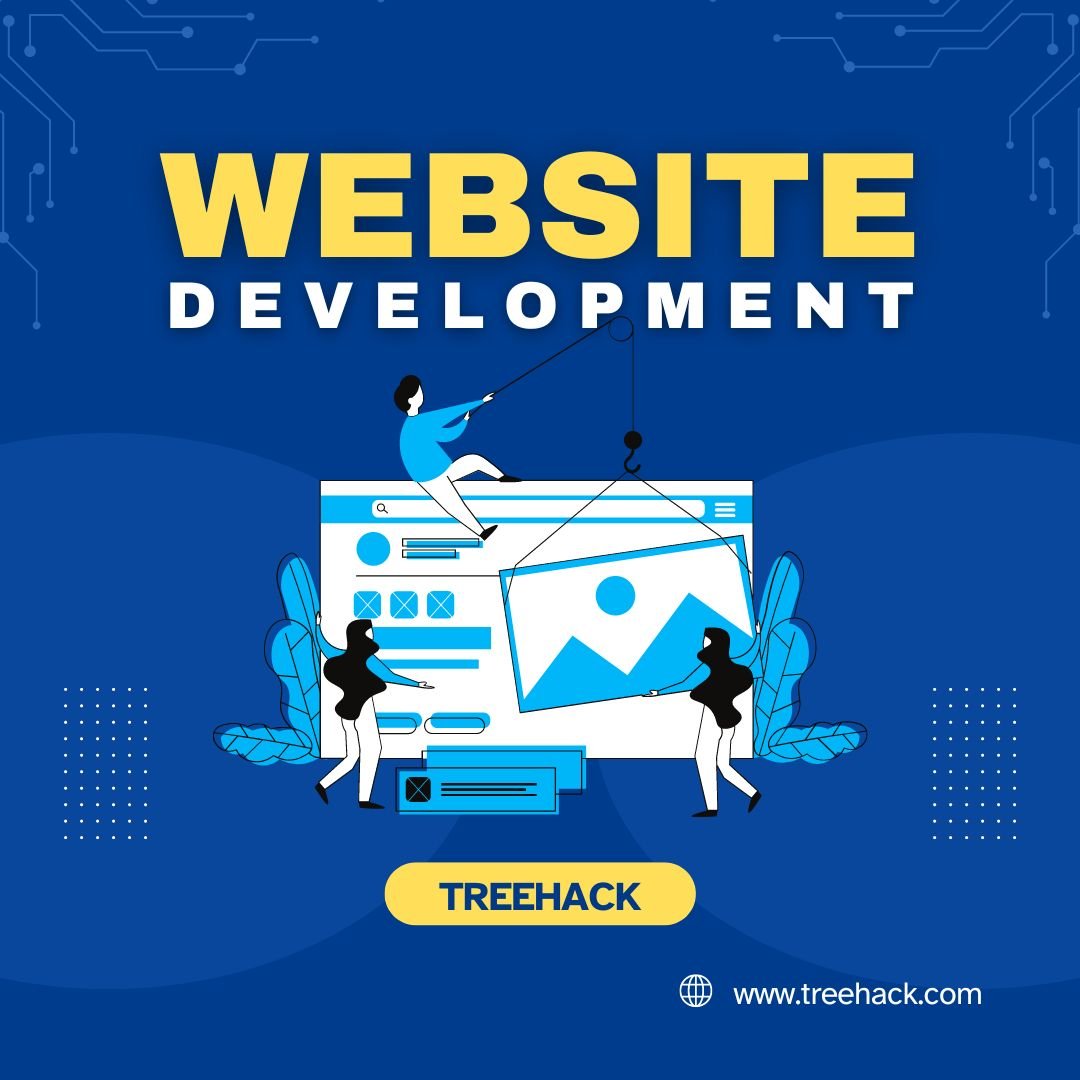
It’s evident that for any web development company in Bangalore, following the trends is essential for providing contemporary and efficient digital products. As a domain web development industry is in constant evolution where new technologies and approaches are changing the face of building and using the internet. Moving further into 2024, some of these advancements and technological breakthroughs are indeed looking forward to being game changers. This article however offers an overview of how web development will evolve by 2024 as it outlines possible new directions and trends as well as developments over the future periods, the projected possibility of web development so by the year 2025, and the incorporation of AI technology in the field of web development.
1. What is the Future of Web Development?
The above definitions of the web development industry will be in articulate languages where they do it without foresight into 2024, and there are good facets. Near the progressive changes with the development of online technologies, this view anticipates the most significant exposure of these trends is the dispositions are the increasing number of businesses adopting Star Progressive Web Apps. A PWA can be thought of just as a mobile or tablet app, however, it is a website that utilizes 9 Windows in the application making it very responsive and engaging without needing the user to download a native app. It is thus set that as e-commerce and marketing of business products via the internet becomes the norm of doing business, the adoption of PWAs will be enhanced.
The other trend that impels the upcoming development is the use of serverless architecture and microservices. Serverless computing features provide the developers opportunity to create and deploy applications without the worry of server maintenance. This architectural framework is not only eco-friendly but has the advantage of being elastic in that applications can accommodate different amounts of load fairly well. Microservices on the other hand enable the developers to decompose a complex application into little pieces of application modules that can be created, deployed, and scaled rather autonomously. All these trends together encourage this type of development enabling shorter time to market and ease of maintenance.
2. Which Development is Best in 2024?

In 2024, web development revolves around effectiveness, user experience, and innovation at the forefront. Here are some of the leading development approaches gaining popularity:
- Progressive Web Apps (PWAs) – This has been around for quite some time, and it seems it will not stop rising any time soon as projected for the year 2024. Such applications best of both worlds, web-based and mobile allowing users a self-containing multi-device experience. Built to operate regardless of internet connection, and high-speed loading with features that compete with applications but sans the need for apps; PWAs allow users advanced, interactive, and engaging content without networks. More and more enterprises adopt PWAs as they help increase user retention and engagement, cut costs on application development, and guarantee fast content loading and ultimate user satisfaction as well as higher search engine ranking.
- Serverless Architecture: The process of serverless development is changing the course of application development and deployment. No servers to manage means that all the developer does is write code, while infrastructure management, scaling, and maintenance are managed by the provider of the cloud. This architecture lends itself to cost savings, elasticity, and faster time to market which suits time-based web applications whose usage patterns are varying. AWS Lambda, Microsoft Azure Functions, and Google Cloud Functions are at the forefront of the technology making it possible for developers to create complex applications without managing the servers.
- Micro Frontends: The micro frontend architecture is gradually becoming the preferred approach in building large web applications. This allows the choice of piece-meal functional development, where risks owing to other parts of the system are avoided. It makes the addition of new code to the system more spontaneous, fosters teamwork, and minimizes the making of contradictory changes. Micro frontends allow companies that would be in across several businesses and thus wish to expand their reach without degrading the user experience.
- Headless CMS: Headed towards the most exciting part—the real meaning of ‘headless CMS‘is the separation between the content management system (CMS) backend and the view layer. Without a headless CMS, the developer is restricted to a single front-end technology that makes a call to a content management API. This saves a lot of bandwidth and leads to improvements in load times, geographic performance, and security. Popular examples of headless content management systems that are beneficial to developers in building customized and rich websites include Contently, Satrapi, and Sanity.
3. What is the future of web development in the next 5 years?

It is expected that there will be tectonic shifts in the web development scenario in the next five years due to the evolution of technology as well as changes in user expectations. Here are the trends that matter the most going forward:
- The Role of AI and ML in Web Development: It is almost certain that Artificial Intelligence (AI) and Machine Learning (ML) will soon form the core of web development. Be it targeted content recommendations through cutting-edge personalization engines, chatbots, predictive fraud detection, or enhanced real-time security, the applications of AI and ML will mark a shift in the use of the webpage. They will complement developers as they will use more of AI-powered tools to reduce workload, boost performance, and offer optimum tailored experiences to the end users.
- Web3 and Decentralized Applications (dApps): The rise of blockchain technology and Web3 is making the way for a new wave of the internet which is more distributed. Unlike conventional web applications, decentralized apps (dApps) exist on the secured platforms of blockchain technology, thus enhancing security, transparency of information, and control of the user. Therefore, it is expected most as the usage of blockchain technology advances, various organizations will be adopting dApps to revolutionize the applications by ensuring that there are no instances of misplaced trust and, that all regulations and conceptions about privacy and power ownership are reverted to the individuals.
- Augmented Reality (AR) and Virtual Reality (VR): Web development will soon lead to a lot more immersive and engaging content as AR and VR technologies become entwined. These technologies are clutched and implemented in primary industries such as e-commerce, real estate, education, and even games. In the future, AR and VR innovations cannot be overlooked since establishments will be able to upload or offer consumers virtual walkthroughs or interactions with their products and daring teaching techniques.
- Low-Code and No-Code Platforms: Growing pressures for faster development turnover and quick time-to-market have led to the development of low-code and no-code platforms. No-code platforms offer the average web user the chance to design websites and applications due to minimal introduction to coding. The web ‘hype’ will move to these platforms since agencies demand the fitment of application software in their organizations in the shortest time possible at the cheapest.
- Enhanced Security and Privacy Protocols: The technology landscape today is full of security threats given the daily advancements made in technology. Security practices and principles will be woven into all stages in the future of web development by the incorporation and promotion of security-oriented models such as Develops. Due to technological advancement, protecting user data will also become the priority for developers and the market demand supported by laws such as GDPR and CCPA.
4. Is web development in demand in 2025?

Undoubtedly, this will be the case. In the year 2025, web development will still be in great demand among employers. As businesses are resorting more and more to interactions with their customers through the Web, the requirement to employ competent web designers who can develop appealing and safe websites will keep increasing. Additionally, with the emergence of technologies such as Web3, AI, or AR/VR, experts who are skilled in building applications based on these technologies will be in high demand. Such companies will further require professionals who will help in improving website performance, user interaction, and the usability of sensitive data in compliance with the changing IT privacy standards.
5. Will AI replace web developers?

The fear of losing jobs due to the introduction of artificial intelligence is not fresh. But when it comes to web designing, web development, or other forms of IT, such fears are minimally valid because AI will act as an enhancement not as a substitution. Developer-oriented AI tools can assist with performing repetitive tasks, making code suggestions, or creating parts of code but the magic, all these may not substitute a person’s strategic activities such as creativity and problem resolution skills. There are tools such as GitHub Copilot and frameworks that make use of AI in design and construction processes that help to speed up the coding and debugging processes. However, the choices made, and the designs created the thinking apart from UI and user needs still reside with the human intellect.
AI will spare web developers unfriendly and correspondingly boring coding duties, hence allowing them to invest more energy into more creative and strategic work. Besides, developers will be an important component in the training and operation of such AI systems thus their relevance in future web development remains.
Conclusion
So, it’s safe to say that web development will forever remain an entertaining ever-changing industry subject to the recent innovations, trends, and technologies such as AI, Web3, AR/VR, and so on. While working with a web development company in Bangalore, businesses will have the expected facility to manage these developments and create better, safer, and faster website services that will be competitive. Everyone is aware of how things changed, and controversies are expected in the year 2025 regarding the development of web applications by web developers. Nevertheless, the distressing changes brought about by cloud computing in the development of web designers will not exclude them. However, web developers will remain instrumental in utilizing advanced tools like ChatGPT to re imagine web development as we know it.





